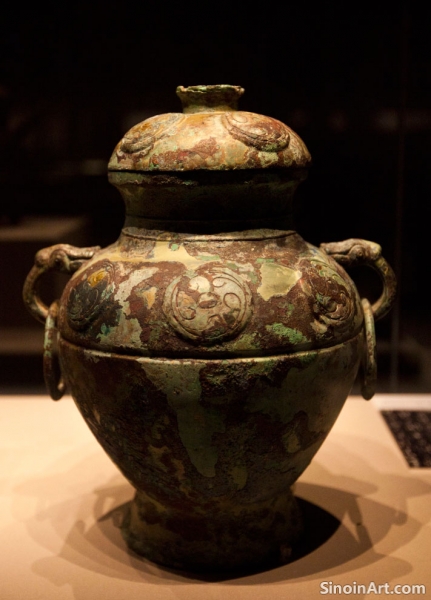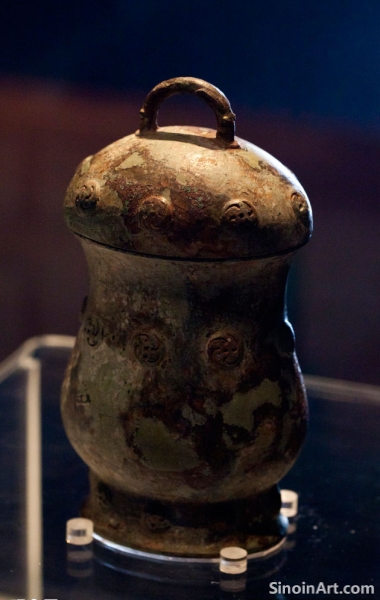The Use of Bronze in Ancient Chinese Maritime Activities: Vessels and Tools
|
While often associated with land-based activities, bronze also played a role in ancient Chinese maritime activities, particularly in the construction of boats, the creation of navigational tools, and as tools used in the process of fishing. The use of bronze in maritime settings highlights the technological capabilities and trading networks of the time. The development of maritime trade was a key component of early Chinese culture.  Bronze fittings were often used to enhance the strength, durability, and stability of ships and boats, improving the safety and efficiency of seafaring vessels. The use of bronze in these fittings helped to increase the stability and effectiveness of the vessels. These fittings were essential in ensuring the longevity and functionality of the vessels.  Bronze was also used to create fishing tools, such as hooks, weights, and other implements, which played an important role in the daily lives and economy of coastal communities. The use of bronze in fishing was key to the local economies of the coastal regions. The specialized designs of these bronze tools highlights their importance.  Bronze was also used in the creation of navigational tools such as compasses, which helped with mapping the stars and navigating on the water. The tools created with bronze allowed for the exploration and charting of new territories. These innovations helped to make maritime exploration more efficient and reliable. The limited evidence of bronze use in ancient Chinese maritime activities hints at the potential for further discoveries that would reveal a greater depth of understanding of this aspect of ancient life. This is an often overlooked aspect of Chinese bronze use and offers the opportunity for further exploration and study. |
Tag : bronze maritime, ancient Chinese ships, nautical tools, bronze fishing, seafaring
Related information
- The Role of Bronze Ware in Ancient Chinese Feasting and Banquets: Display, Ritual, and Social Interaction
- Bronze Ware and Ancient Chinese Astronomy: Celestial Symbols and Interpretations
- The Use of Bronze in Ancient Chinese Musical Instruments: Exploring Tonality and Harmony
- Bronze Ware and the Representation of Power in Ancient Chinese Royal Courts
- The Role of Animal Motifs in Chinese Bronze Ware: Symbolic Creatures of Power and Mystery
This article explores the role of bronze ware in ancient Chinese feasting and banquets, highlighting their use as tableware, symbols of status, and the ways they enhanced social interactions and ritualistic displays of wealth and hospitality.
This article explores the connection between bronze ware and ancient Chinese astronomy, highlighting the use of celestial symbols, the representation of astronomical phenomena, and the use of bronze in astronomical instruments, showcasing the interplay between art and science.
This article explores the use of bronze in ancient Chinese musical instruments, highlighting the precise tuning, the exploration of tonality and harmony, and how these instruments reflected both musical practices and the advanced understanding of acoustics during the period.
This article explores the use of bronze ware in ancient Chinese royal courts, highlighting its role in representing authority, wealth, and social status, demonstrating how bronze objects were used to reinforce the power of the ruling class.
This article explores the animal motifs found on Chinese bronze ware, highlighting the symbolism of creatures like the taotie, dragons, phoenixes, and tigers, revealing their use in conveying power, spirituality, and connections to the natural world.